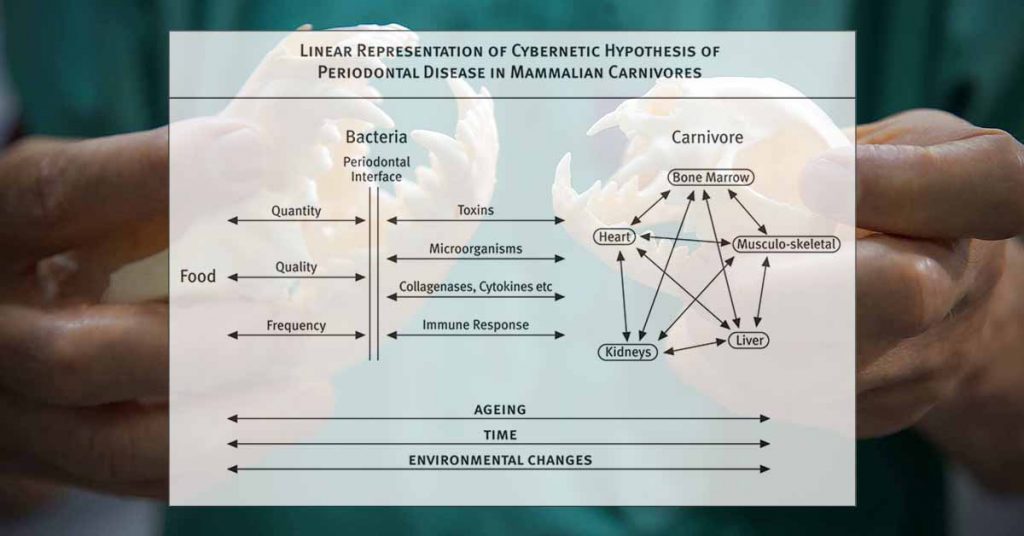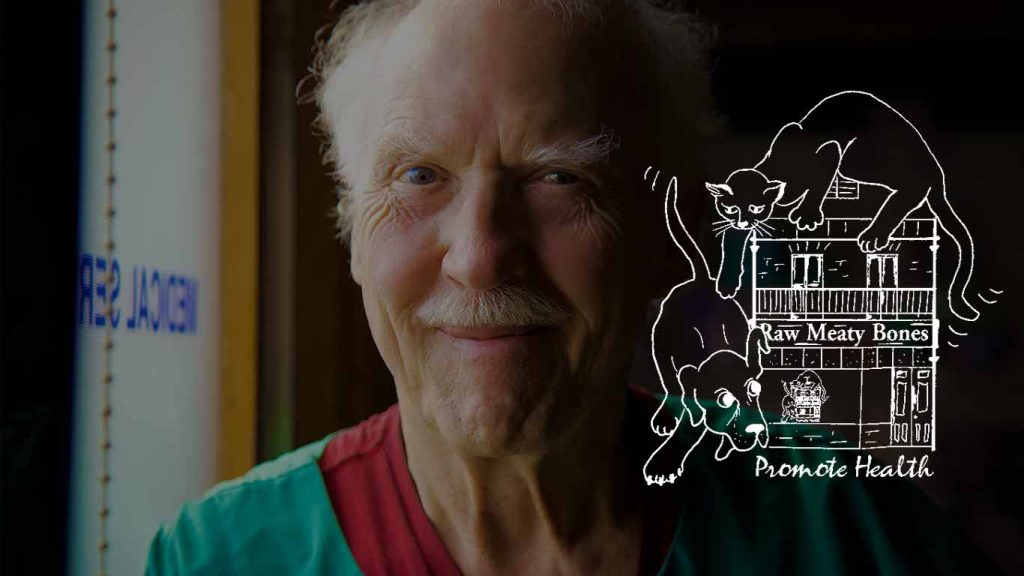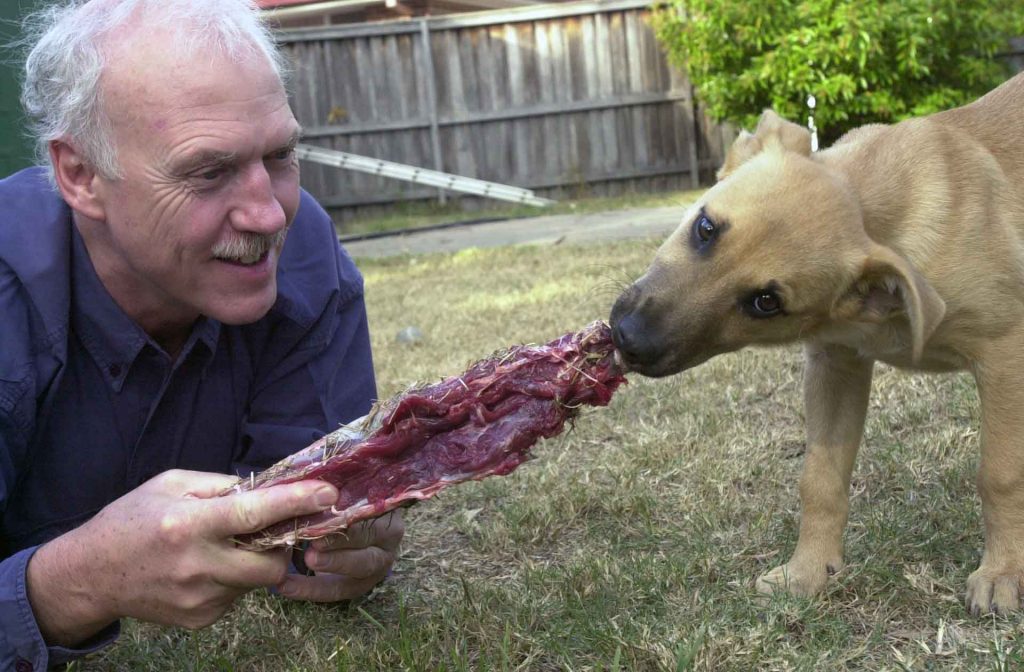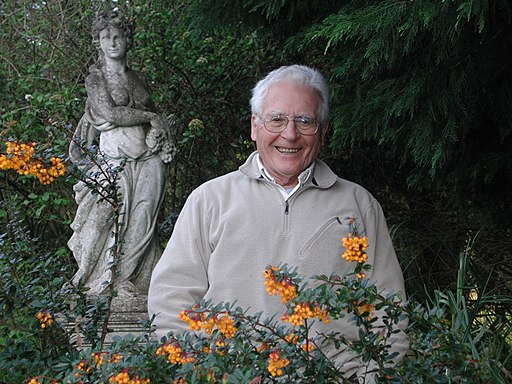
Nothing occurs in isolation; everything occurs in context. James Lovelock provided the intellectual framework using his example of Daisyworld.
Daisyworld, a computer simulation, is a hypothetical world orbiting a star whose radiant energy is slowly increasing or decreasing. It is meant to mimic important elements of the Earth-Sun system, and was introduced by James Lovelock and Andrew Watson in a paper published in 1983[1] to illustrate the plausibility of the Gaia hypothesis.
And:
Later versions of Daisyworld introduced a range of grey daisies, as well as populations of grazers and predators, and found that these further increased the stability of the homeostasis.[3][4] More recently, other research, modeling the real biochemical cycles of Earth, and using various types of organisms (e.g. photosynthesisers, decomposers, herbivores and primary and secondary carnivores) has also been shown to produce Daisyworld-like regulation and stability, which helps to explain planetary biological diversity.
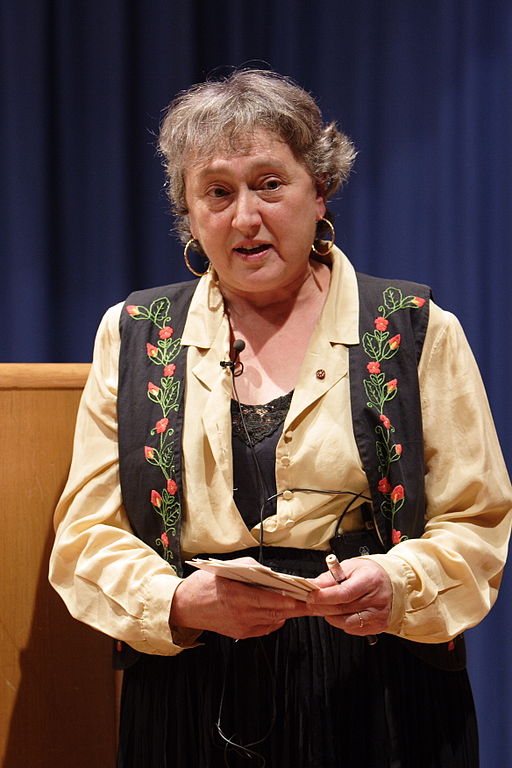
The screen notes for ‘Symbiotic Earth’ a documentary about Lynn Margulis say:
As a young scientist in the 1960s, Margulis was ridiculed when she first proposed that symbiosis – when organisms live and work together — was a key driver of evolution, but she persisted. Through numerous collaborations she caused a seismic shift in our understanding of life.
How does this information impact the carnivore patients under our care?
What are the symbiotic relationships that we must be cognisant of?
And if carnivores were the regulators in a bygone era, then what regulated the regulators?
I argue that it’s imperative that regulators be regulated in order to close the circle. Without which systems would run out of control. Homeostasis depends on communication between the various elements and cybernetic systems of feedback loops.
I offer two articles from that time that help to illustrate the development of the Cybernetic Hypothesis concept:
First a short clinical trial with two small dogs presented for vaccination in my suburban vet clinic in 1991/2: http://www.rawmeatybones.com/pdf/RMBPromHealthDec92.pdf
And ‘Preventative Dentistry’, a paper commissioned by Dr Douglas Bryden in January 1993. The first two pages explain some of the principles underpinning the Cybernetic Hypothesis: http://www.rawmeatybones.com/PrevDent.html
Looking ahead to the next Cybernetics Part III instalment, I propose to post about this stylised, two-dimensional diagram that endeavours to represent a three dimensional ecosystem rolling through space and time:


